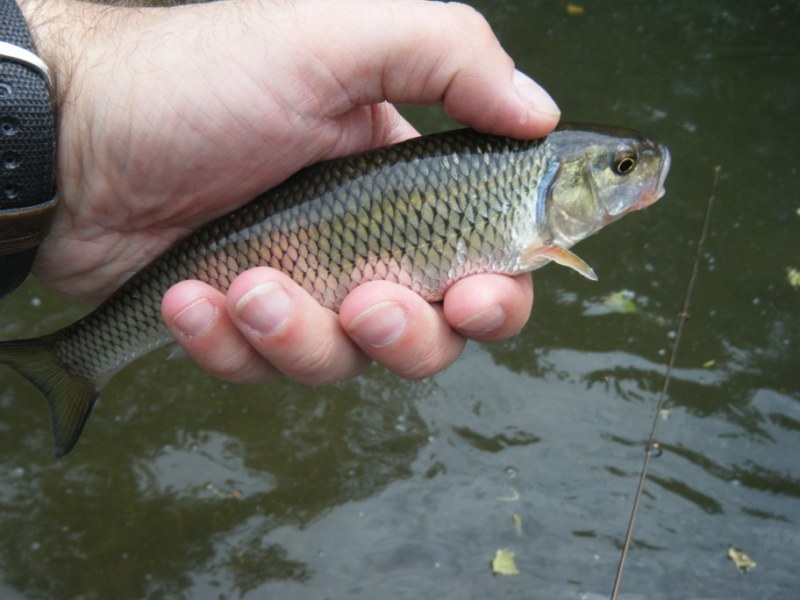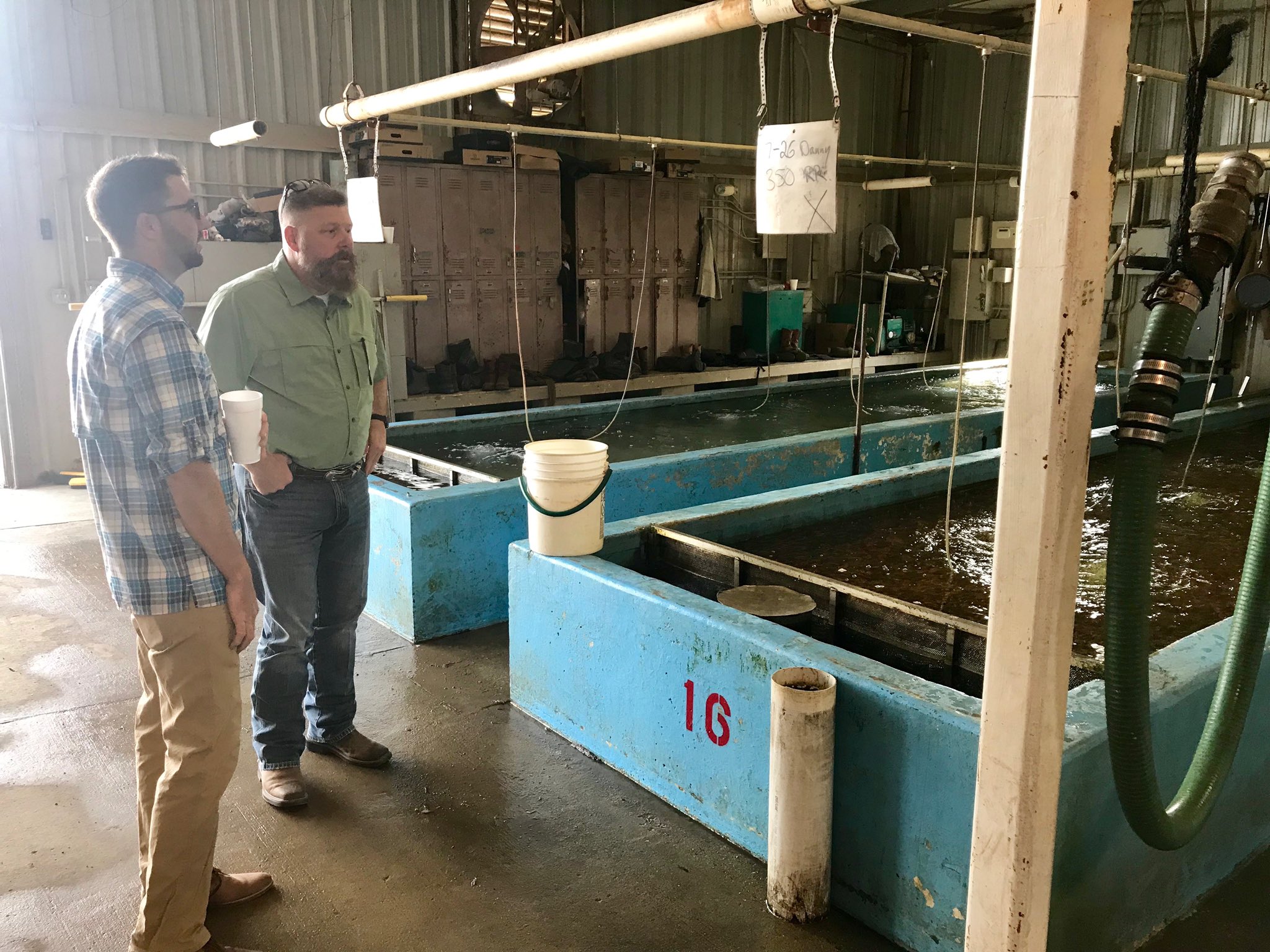|
Plagopterinae
Plagopterinae is a subfamily of the freshwater fish family Leuciscidae, which contains the true minnows. Members of this family are known as creek chubs or the creek chub-plagopterin (CC-P) clade of minnows. All members of this family are found in North America, and it includes among the northernmost-distributed of all North American minnows, the lake chub. Genera * '' Couesius'' (lake chub) * ''Hemitremia'' (flame chub) * ''Lepidomeda'' (spinedaces) * ''Margariscus'' (pearl daces) * ''Meda'' (spikedace) * ''Plagopterus'' (woundfin) * ''Semotilus ''Semotilus'' is the genus of creek chubs, ray-finned fish in the family Cyprinidae. The term "creek chub" is sometimes used for individual species, particularly the common creek chub, ''S. atromaculatus''. The creek chub species of minnows can ...'' (creek chubs) References {{Reflist Plagopterinae Fish subfamilies Taxa named by Edward Drinker Cope ... [...More Info...] [...Related Items...] OR: [Wikipedia] [Google] [Baidu] |
Leuciscidae
Leuciscinae is a subfamily of the freshwater fish family Cyprinidae, which contains the true minnows. Members of the Old World (OW) clade of minnows within this subfamily are known as European minnows. As the name suggests, most members of the OW clade are found in Eurasia, aside from the golden shiner (''Notemigonus crysoleucas''), which is found in eastern North America. According to ancestral area reconstruction, the subfamily Leuiciscinae is thought to have originated in Europe before becoming widely distributed in parts of Europe, Asia and North America. Evidence for the dispersal of this subfamily can be marked by biogeographical scenarios/observations, geomorphological changes, phylogenetic relationships as well as evidence for vicariance events taking place through time. Through analyses and evidence of divergence time, it was observed that the two monophyletic groups, the phoxinins and the leuciscins, had shared a common ancestor dating to approximately 70.7 million ye ... [...More Info...] [...Related Items...] OR: [Wikipedia] [Google] [Baidu] |
Semotilus Corporalis
The fallfish (''Semotilus corporalis'') is a North American freshwater fish, a chub in the family Cyprinidae. The fallfish is the largest minnow species native to Eastern North America. Description Average specimens generally measure about in length, but individuals occasionally grow to with exceptional specimens of more than having been recorded. Juvenile fallfish have a dark stripe that runs down the center of their body. They are a silvery shade on the top and sides of the body, but have a white shading on the belly. Breeding males develop a pinkish tone on the opercular region, although the species does not develop bright breeding colors. Spawning males build stone nests, known as a redd, which form a prominent part of the bottom on many streams throughout the northeast. Spawning is communal with both males and females joining the nest builder. Distribution and habitat Fallfish are found in the northeastern United States and eastern Canada, where they inhabit clear strea ... [...More Info...] [...Related Items...] OR: [Wikipedia] [Google] [Baidu] |
Edward Drinker Cope
Edward Drinker Cope (July 28, 1840 – April 12, 1897) was an American zoologist, paleontologist, comparative anatomist, herpetologist, and ichthyologist. Born to a wealthy Quaker family, he distinguished himself as a child prodigy interested in science, publishing his first scientific paper at the age of 19. Though his father tried to raise Cope as a gentleman farmer, he eventually acquiesced to his son's scientific aspirations. Cope had little formal scientific training, and he eschewed a teaching position for field work. He made regular trips to the American West, prospecting in the 1870s and 1880s, often as a member of U.S. Geological Survey teams. A personal feud between Cope and paleontologist Othniel Charles Marsh led to a period of intense fossil-finding competition now known as the Bone Wars. Cope's financial fortunes soured after failed mining ventures in the 1880s, forcing him to sell off much of his fossil collection. He experienced a resurgence in his career toward th ... [...More Info...] [...Related Items...] OR: [Wikipedia] [Google] [Baidu] |
Subfamily
In biological classification, a subfamily ( Latin: ', plural ') is an auxiliary (intermediate) taxonomic rank, next below family but more inclusive than genus. Standard nomenclature rules end subfamily botanical names with "-oideae", and zoological names with "-inae". See also * International Code of Nomenclature for algae, fungi, and plants The ''International Code of Nomenclature for algae, fungi, and plants'' (ICN) is the set of rules and recommendations dealing with the formal botanical names that are given to plants, fungi and a few other groups of organisms, all those "trad ... * International Code of Zoological Nomenclature * Rank (botany) * Rank (zoology) Sources {{biology-stub ... [...More Info...] [...Related Items...] OR: [Wikipedia] [Google] [Baidu] |
Minnow
Minnow is the common name for a number of species of small freshwater fish, belonging to several genera of the families Cyprinidae and Leuciscidae. They are also known in Ireland as pinkeens. Smaller fish in the subfamily Leusciscidae are considered by anglers to be "true" minnows. Types of minnows Bluntnose minnow (''Pimephales notatus''): The bluntnose minnow is a primary bait fish for Northern America, and has a very high tolerance for variable water qualities, which helps its distribution throughout many regions. The snout of the bluntnose minnow overhangs the mouth, giving it the bluntnose. There is a dark lateral line which stretches from the opercle to the base of the tail, where a large black spot is located. The average size of the adult is approximately 5 cm (2 in). ' Pimephales'' Common shiner (''Notropis cornutus)'': These fish are one of the most common type of bait fish and are almost exclusively stream dwellers. The common shiner can be identif ... [...More Info...] [...Related Items...] OR: [Wikipedia] [Google] [Baidu] |
North America
North America is a continent in the Northern Hemisphere and almost entirely within the Western Hemisphere. It is bordered to the north by the Arctic Ocean, to the east by the Atlantic Ocean, to the southeast by South America and the Caribbean Sea, and to the west and south by the Pacific Ocean. Because it is on the North American Plate, North American Tectonic Plate, Greenland is included as a part of North America geographically. North America covers an area of about , about 16.5% of Earth's land area and about 4.8% of its total surface. North America is the third-largest continent by area, following Asia and Africa, and the list of continents and continental subregions by population, fourth by population after Asia, Africa, and Europe. In 2013, its population was estimated at nearly 579 million people in List of sovereign states and dependent territories in North America, 23 independent states, or about 7.5% of the world's population. In Americas (terminology)#Human ge ... [...More Info...] [...Related Items...] OR: [Wikipedia] [Google] [Baidu] |
Lake Chub
The lake chub (''Couesius plumbeus'') is a freshwater cyprinid fish found in Canada and in parts of the United States. Of all North American minnows, it is the one with the northernmost distribution. Its genus, ''Couesius'' is considered monotypic today. The genus was named after Elliott Coues, who collected the holotype specimen. Description The body is fusiform and somewhat elongate. It is usually 100 to 175 mm (4 to 7 in) long, where the maximum length is approximately 225 mm (9 in). The back is olive-brown or dark brown, and the sides are leaden silver, hence the word ''plumbeus'', referring to lead, in the scientific name of this fish. The snout is blunt and projects slightly beyond the upper lip. The corners of the mouth each bear a small barbel. The scales are small but well visible, and some may be black and form isolated dark spots on the lower sides. The dorsal, pelvic and anal fins each have 8 rays. The pectoral fins are broad and have 13-18, but mor ... [...More Info...] [...Related Items...] OR: [Wikipedia] [Google] [Baidu] |
Hemitremia
The flame chub (''Hemitremia flammea'') is a species of freshwater fish in the family Cyprinidae found only in the United States. Its range broadly follows the Tennessee River from above Knoxville, Tennessee, to the mouth of the Duck River. Historically the species was found in Kentucky, Tennessee, Alabama and Georgia. The preferred habitat of flame chub is in small flowing streams often associated with springs. Anatomy and appearance The flame chub can be characterized by a deep caudal peduncle, short head and snout, small slightly subterminal mouth, and a barely compressed body. The dorsal fin originates slightly behind the pelvic fin origin. 7 - 8 anal soft rays, incomplete lateral line with 38 - 44 lateral scales, fewer than half of scales pored, pharyngeal teeth 2,5-4,2. Coloration is olive on the upper half of the body with a dark stripe along the back and dark streaks, bordered by a light stripe then black stripe ending at black caudal spot or wedge. White to red below, w ... [...More Info...] [...Related Items...] OR: [Wikipedia] [Google] [Baidu] |
Lepidomeda
''Lepidomeda'' is a genus of cyprinid fish, commonly known as the spinedaces, found in western North America. Of the four known species, one is extinct and two are threatened. They appear to be fairly close to the leatherside chub and the spikedaces (genus ''Meda''), but the phylogeny and indeed the validity of the proposed "plagopterin" clade is insufficiently resolved.(Simons & Mayden 1997). Species The genus contains these species: * ''Lepidomeda albivallis'' R. R. Miller & C. L. Hubbs, 1960 (White River spinedace) * ''Lepidomeda aliciae'' (Jouy, 1881) southern leatherside chub * ''Lepidomeda copei''(Jordan & Gilbert, 1881) northern leatherside chub * †''Lepidomeda altivelis'' R. R. Miller & C. L. Hubbs, 1960 (Pahranagat spinedace) * ''Lepidomeda mollispinis'' R. R. Miller & C. L. Hubbs, 1960 (virgin spinedace) * ''Lepidomeda vittata'' Cope, 1874 (Little Colorado spinedace The Little Colorado spinedace (''Lepidomeda vittata'') is a species of ray-finned fish in t ... [...More Info...] [...Related Items...] OR: [Wikipedia] [Google] [Baidu] |
Margariscus
''Margariscus'', known as the pearl daces, is a genus of leusiscid fishes found in North America. There are currently two recognized species in this genus. Margariscus comes from the Greek word ''margariskos,'' meaning pearl. Species * '' Margariscus margarita'' (Cope, 1867) (Allegheny pearl dace) * '' Margariscus nachtriebi'' (Cox Cox may refer to: * Cox (surname), including people with the name Companies * Cox Enterprises, a media and communications company ** Cox Communications, cable provider ** Cox Media Group, a company that owns television and radio stations ** C ..., 1896) (Northern pearl dace) References * Fish of North America {{Leuciscinae-stub ... [...More Info...] [...Related Items...] OR: [Wikipedia] [Google] [Baidu] |



.jpg)